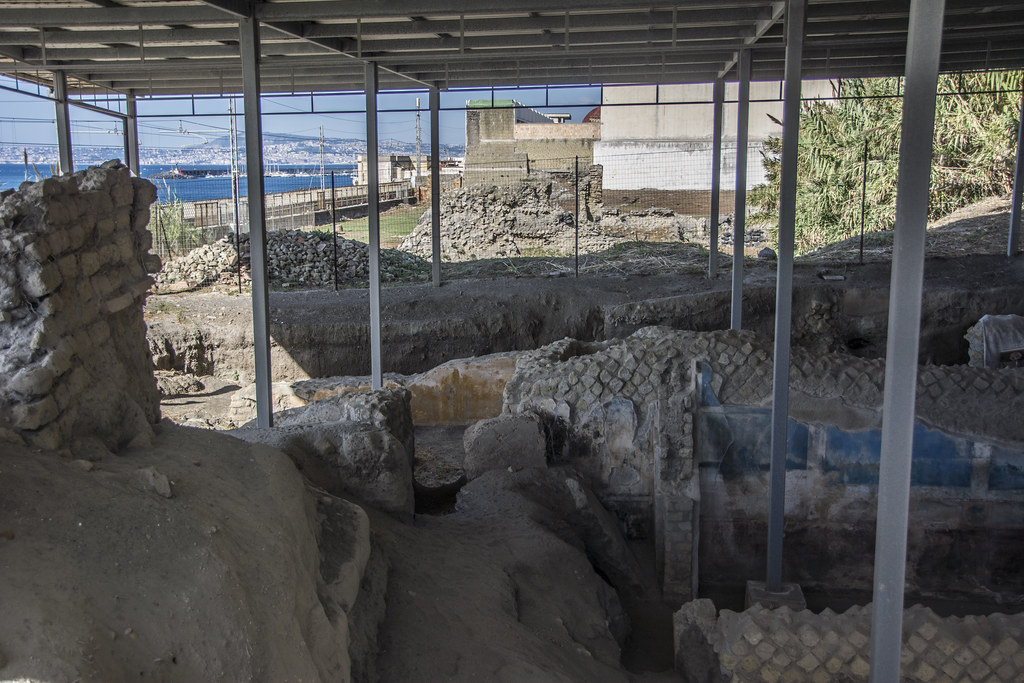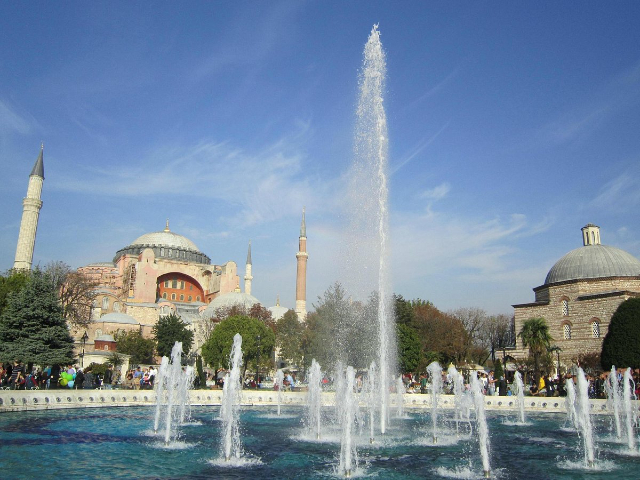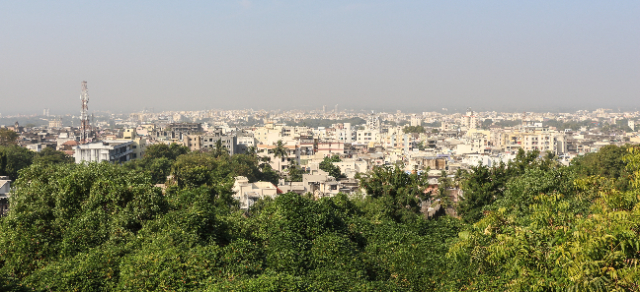The magnificent residential complex of Villa Sora is one of the many buildings that the families of the Roman aristocracy built along the coast of Campania: from Capo Miseno to Punta Campanella there was, as shown by the historian Strabone, such a thickening of buildings, to give the impression, to those who watched from the sea, that it was a single city. In ancient times the coast was more backward than it is today, but the villa, although not directly overlooking the sea, can still be called "Villa marittima".
Villa Sora, as well as Villa dei Papiri, Villa dei Misteri and Villa di Oplontis, was the home of a city elite who, tired of the chaos of the city, could take refuge in one of these majestic buildings where they could devote themselves to the otium. The villa was built around the middle of the first century BC, but the structures and beautiful wall decorations still visible today are attributable to renovations dating from the early imperial age. At the time of the eruption in 79 A.D. the villa was being restored, as we can see from a well-known graffito that recalls the cost of the works but also the heaps of lime still visible in some rooms and the floors with precious imported marble slabs not yet completed.
The first discoveries in the area date back to the 17th century, when two bronze plates were found with the decrees of the two Cn consuls. Hosidius Geta and L. Vagellius and a marble relief with Orpheus, Hermes and Eurydice now kept in the National Archaeological Museum of Naples. It was Francis IV, between 1797 and 1798, who undertook systematic excavations in the villa, bringing to light the central nucleus which developed around a large apsidal hall. The area then suffered a progressive abandonment and only between 1989 and 1992 did the research directed by the then Archaeological Superintendence of Pompeii resume. The excavations investigated areas never explored in the Bourbon age to the west and east of the apsidal hall, including some service corridors, reception rooms and finely decorated bedrooms.
Of particular value are the frescoes, now detached, of a bedroom and characterized by large Egyptian blue squares inside red frames with golden plant motifs, while in the upper area there are fantastic stylized architectures, always on a blue background, which also occupy the ceiling.













